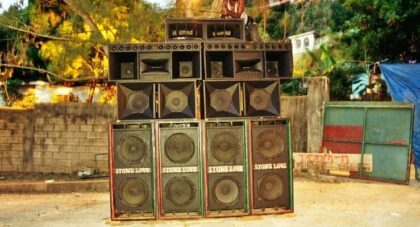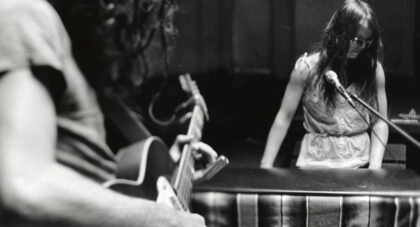As Dead & Co. fire up the machine for their fall outing, a remarkable stash of the early ‘80s Deadhead zine MIKEL provides a DIY window into what life on Grateful Dead tour was (sur)really like in the early ‘80s, before 1987’s In the Dark blew the band into the top 10 and football stadiums . . .
Only the good shit. Aquarium Drunkard is powered by its patrons. Keep the servers humming and help us continue doing it by pledging your support.
To continue reading, become a member or log in.


